Resolution 57-NQ/TW is considered as “contract 10” in science and technology, is a strategic decision, a breakthrough of top importance, the main driving force to rapidly develop modern productive forces, perfect production relations, innovate national governance methods, develop socio-economy...
The Resolution was born in the context of the scientific and technological revolution that is shaking the world. The Resolution has become a powerful revolution in thinking and action, preventing the risk of falling behind, bringing the country to breakthrough development, prosperity in the new era, the era of national development.
VietnamPlus Electronic Newspaper respectfully introduces a series of articles by Dr. Tran Van Khai - Deputy Secretary of the Party Committee of the National Assembly's Committee on Science, Technology and Environment.
Lesson 1: Resolution 57: Strategic, strong and revolutionary policy
The world is witnessing a revolutionary shift to the digital age, where science and technology, innovation and digital transformation become the vital foundation for the development of each country.
The transformation of modern productive forces is unprecedentedly rapid on a global scale.
The Fourth Industrial Revolution, with breakthroughs in artificial intelligence, big data, the Internet of Things, etc., is reshaping every economic and social field. Many countries consider capturing and leading new technological trends as a “deadly strategy”: those who are fast will rise, those who are slow will fall behind. Lessons from previous countries further confirm the correctness of this orientation.
South Korea is a prime example. From the 1960s, with a per capita income comparable to that of underdeveloped countries in Africa, it rose to become an industrial and high-tech powerhouse in less than half a century. Their secret lies in a strategy of focusing investment on science, technology and R&D.
To date, South Korea is among the world leaders in R&D investment intensity (over 4.5% of GDP) and consistently ranks at the top of global innovation rankings. Similarly, Israel has emerged as a “startup nation” with the world’s highest R&D investment rate (around 5% of GDP) and a leading innovation ecosystem.
Over the past two decades, China has increased its spending on scientific research from 0.5% of GDP to about 2.5% of GDP, laying the foundation for today's technological leaps. These countries have a good grasp of new technological trends such as: AI (AI-generated), Quantum Computing, Blockchain, Metaverse (virtual universe), 5G, biotechnology..., thereby boosting labor productivity, creating new industries, new production forces and rising to the leading economic group. Obviously, investment in science, technology and innovation is the key factor that helps countries "take shortcuts, get ahead" and escape the middle-income trap.
In Vietnam, awareness of the importance of the technological revolution has gradually deepened in all areas of social life; there is an obvious risk of unsustainable economic development, no breakthroughs, stagnation and falling into the middle-income trap...
The documents of the 13th National Party Congress and the Socio-Economic Development Strategy 2021-2030 emphasize that science and technology, innovation and digital transformation are three important pillars for Vietnam's development in the next decade.
In fact, in recent years, the Party and the State have issued many policies and guidelines to promote the application of science and technology and participate in the 4.0 Industrial Revolution, achieving certain results. However, compared to the requirements, the speed, scale, and structure of Vietnam's transformation are still slow, small, fragmented, and do not meet the expectations of the country's development requirements.
In that context, Resolution 57-NQ/TW dated December 22, 2024 of the Politburo was issued, affirming that the development of science and technology, innovation and digital transformation are decisive factors for the prosperity of nations; this is also the prerequisite and the best opportunity for Vietnam to rise to become a rich and powerful nation in the new era.
Resolution 57 marks a decisive, timely and strong breakthrough, strategic vision; clearly identifies science and technology, innovation and digital transformation as the most important breakthrough, the "fulcrum" for rapid and sustainable development; deeply reflects the political determination at the highest level to "take a shortcut" to global trends; creates a new momentum to help the country break through and rise up. This is a revolution to rapidly develop modern productive forces, perfect production relations, innovate national governance methods, and open a new era of development for the country in the context of increasingly fierce global technology competition.
Achievements, opportunities and challenges
According to the 2023 Global Innovation Index (GII) report by WIPO, Vietnam ranked 46/132 economies. Notably, we are among the very few countries that have maintained the achievement of “outstanding innovation” compared to the level of development: Vietnam, along with India and Moldova, are the three countries that have continuously outperformed the expectations of the middle-income group for 13 consecutive years. Vietnam has effectively utilized its limited resources to achieve better innovation results than many of its peers.
WIPO has assessed Vietnam as one of the fastest-improving economies in terms of innovation rankings over the past decade. Highlights include: the proportion of high-tech products in exports is among the highest in the world, the vibrant creative startup ecosystem ranks 3rd in ASEAN, and the technology absorption capacity has significantly improved. This is evidence of Vietnam's potential and determination to rise on the global technology map.
Vietnam is facing a favorable opportunity to make breakthroughs in science, technology and innovation when it has the advantage of deep economic integration. To date, Vietnam has signed and implemented 17 free trade agreements (FTAs) with more than 60 countries and territories - including leading technology partners such as Japan, Korea, EU, the United States... opening the door to access advanced technology resources, opportunities to receive knowledge transfer, new technology, and at the same time promoting domestic enterprises to participate in the global value chain.
Strategic/Comprehensive Partnerships with more than 20 countries, which are technological powerhouses such as the US, Japan, France, South Korea, Russia, Australia, etc., are favorable conditions for enhancing cooperation in science and technology, attracting investment in R&D centers. Large corporations such as Samsung, Apple, Intel, and Nvidia have been investing in building R&D centers in Vietnam.
In addition, the domestic market size of 100 million people with a high proportion of young people who are quick to adopt technology is an important driving force for innovation. Vietnam's STEM workforce is growing stronger, with tens of thousands of technology engineers graduating from universities at home and abroad each year. In addition, the community of talented Vietnamese people abroad (especially in the high-tech field in Silicon Valley, Europe, and Japan) is a valuable resource if connected to serve national development... All of the above factors create "heavenly time, favorable terrain" for Vietnam to accelerate on the path of science and technology.
Despite its great potential, Vietnam still faces a significant gap in science and technology compared to developed countries, with many internal bottlenecks that need to be overcome.

According to the Ministry of Science and Technology, the number of Vietnamese research projects published internationally, although increasing rapidly, is still low compared to leading countries in the region; we have not yet mastered many core technologies and important strategic technologies. The innovation capacity of domestic enterprises is still limited: most enterprises are small and medium-sized, lacking capital and human resources for R&D, leading to low technology content in products.
Worryingly, Vietnam's investment in R&D is currently very low compared to world standards. Total spending on research and development is only around 0.5% of GDP (0.54% in 2021; estimated at 0.4% in 2023), much lower than the global average (~2.3% of GDP) and far behind regional countries such as China (2.5%), Malaysia (~1%), or Singapore (~1.9%).
According to UNESCO's ranking, Vietnam ranks 66th in the world in terms of R&D intensity. Resolution 57 has set a target of increasing R&D spending to 2% of GDP by 2030, of which social sources contribute more than 60%.
In fact, Vietnam's economy is still mainly processing and assembling with low added value, and labor productivity is only about 1/3 of the average level of ASEAN-6. The contribution of total factor productivity (TFP) to growth is only about 45%, and needs to increase to over 55% by 2030 according to the target of Resolution 57. Obviously, to catch up with advanced countries, Vietnam must promote productivity improvement through the application of high technology and innovation in governance models.
Another major challenge is that the proportion of the digital economy and technology industry in GDP is still quite modest. In 2022, Vietnam's digital economy is estimated to account for only about 14.26% of GDP - this figure, although up from ~12% in 2021, is still below the global average. The government has set a very high target: by 2030, the digital economy must account for at least 30% of GDP. That means Vietnam needs to accelerate digital transformation in all areas in the next 5-7 years, from production, services to state management and people's lives.
Currently, only about 14% of Vietnamese enterprises have recorded innovation activities, and the rate of non-cash payments and online public services also needs to be expanded further. The digital infrastructure is not yet synchronized, especially in localities outside large urban areas, causing digital disparities and limiting access to technology for a segment of the population. This is a gap that needs to be filled by stronger investment in new generation telecommunications networks (5G/6G), data centers, cloud computing, etc.
Breakthrough in science and technology - the only way to fast and sustainable growth
Opportunities and challenges require strong changes in policies, timely actions to encourage investment in science and technology; increase the proportion of the state budget, allocate at least 3% of total annual budget expenditure for science and technology development, innovation, and digital transformation. Search and train high-quality human resources; improve institutions and legal environment for innovation activities; cut administrative procedures in scientific research, open financial mechanisms for science funds; raise social awareness of digital transformation and innovation...
All these limitations require Vietnam to drastically reform in many aspects, from education and training, policies to attract talent, to perfecting the legal framework to promote innovation. Narrowing the gap in science and technology with the world requires synchronous efforts and long-term investment, but this is a task that cannot be delayed if we want to reach the goal of a developed, high-income country by 2045.
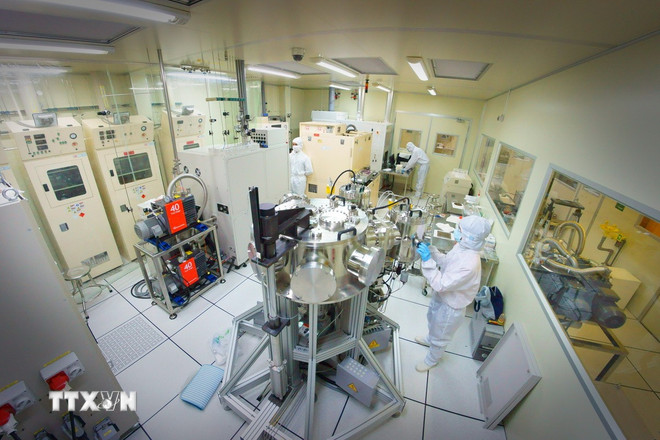
It can be affirmed that breakthroughs in science and technology, innovation and digital transformation are not just an option, but the only way for Vietnam to achieve rapid and sustainable economic growth in the long term. International organizations and experts agree that the most important driving force determining a country's growth prospects is productivity, and technological innovation is the number one factor driving productivity.
The World Bank has warned that Vietnam is at a crossroads: one direction is to continue improving technological capacity to maintain a high growth rate of about 7%/year as in the past two decades, the other is to slow down growth due to hitting the ceiling of the old model. The deciding factor in choosing which direction is the level of investment in innovation. In other words, if not relying on science and technology, Vietnam will find it difficult to escape the middle-income trap and the risk of falling behind is increasing.
The challenging goal that Resolution 57 outlines for Vietnam to become a technologically advanced, high-income country by 2045 is completely feasible when the whole society joins hands, is unanimous, and is determined for every step. In the immediate future, we strive to achieve a double-digit GDP growth rate. To realize the aspiration of great power, we have no other way but to maximize the driving force of science and technology, innovation, and digital transformation. This requires a strong change in the stagnant mindset of the old way of doing things, and decisive, persistent, and steadfast actions on the chosen path; both the public and private sectors need to join hands to build a creative ecosystem, in which businesses, research institutes, and universities are closely linked to turn ideas into products, and research into material wealth.
At the national online conference on breakthroughs in science and technology development, innovation and national digital transformation on January 13, 2024, General Secretary To Lam emphasized: “With the goal of becoming a modern industrialized country by 2030 and a developed, high-income country by 2045, we must consider science and technology, innovation and digital transformation as key driving forces. This is the "golden key", a vital factor to overcome the middle-income trap and the risk of falling behind, while realizing the aspiration of our nation to become strong and prosperous."
We must focus all our efforts on this technological revolution, turning aspirations into concrete actions. Technological breakthroughs are the golden key to realizing a powerful Vietnam in the mid-21st century, bringing the nation to new heights in the international arena./.
Source: https://www.vietnamplus.vn/nghi-quyet-57-quyet-sach-chien-luoc-manh-me-va-cach-mang-post1024056.vnp


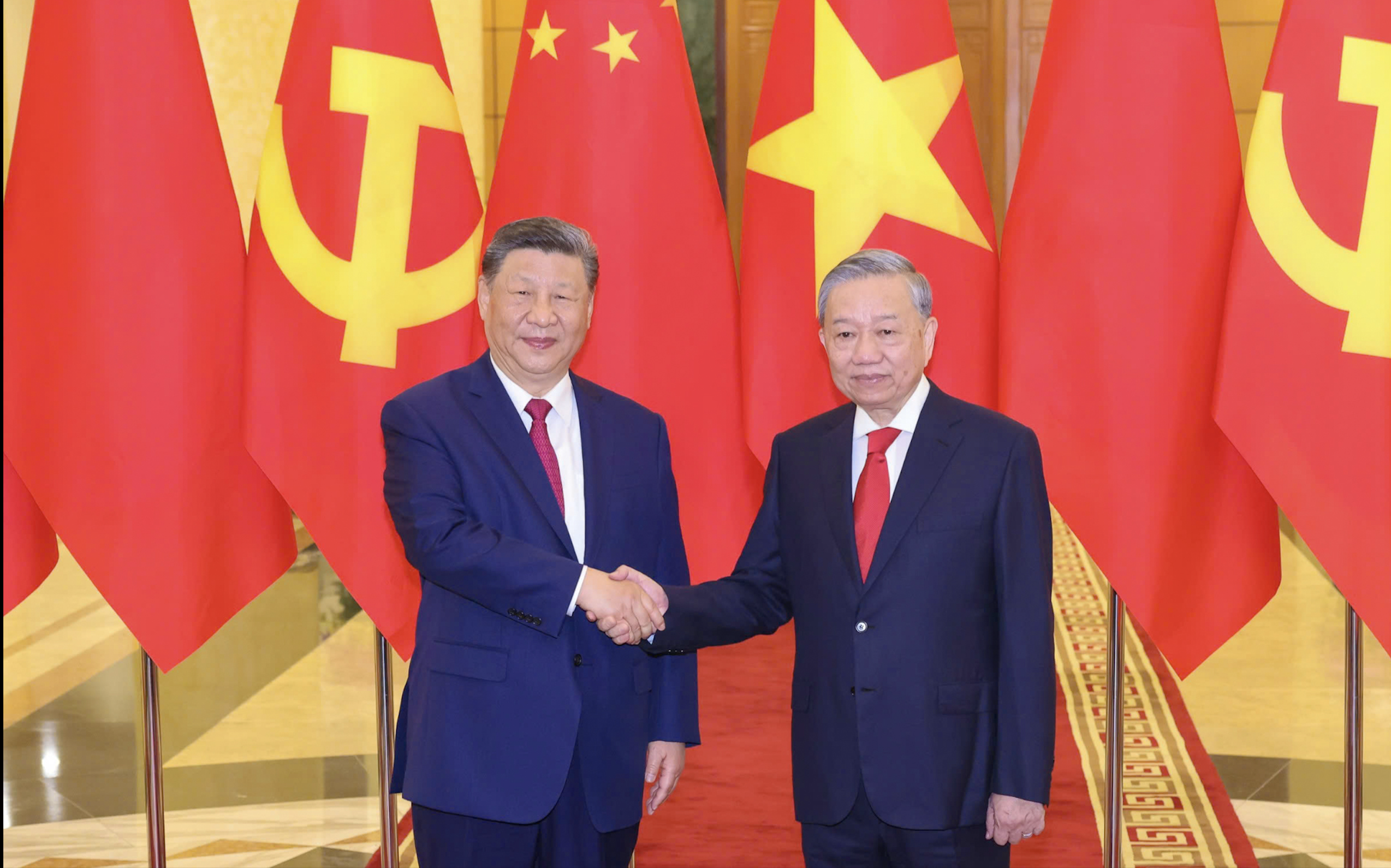
![[Photo] Reception to welcome General Secretary and President of China Xi Jinping](https://vstatic.vietnam.vn/vietnam/resource/IMAGE/2025/4/14/9afa04a20e6441ca971f6f6b0c904ec2)
![[Photo] National Assembly Chairman Tran Thanh Man meets with General Secretary and President of China Xi Jinping](https://vstatic.vietnam.vn/vietnam/resource/IMAGE/2025/4/14/4e8fab54da744230b54598eff0070485)

![[Photo] General Secretary To Lam holds talks with General Secretary and President of China Xi Jinping](https://vstatic.vietnam.vn/vietnam/resource/IMAGE/2025/4/14/b3d07714dc6b4831833b48e0385d75c1)
![[Photo] Prime Minister Pham Minh Chinh meets with General Secretary and President of China Xi Jinping](https://vstatic.vietnam.vn/vietnam/resource/IMAGE/2025/4/14/893f1141468a49e29fb42607a670b174)


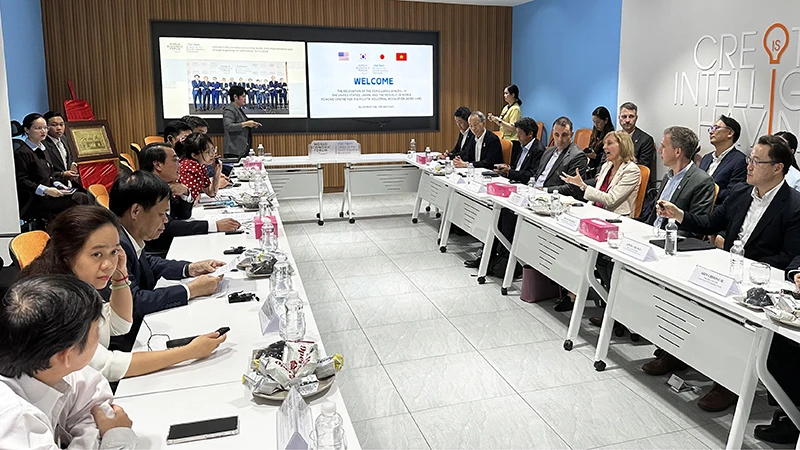
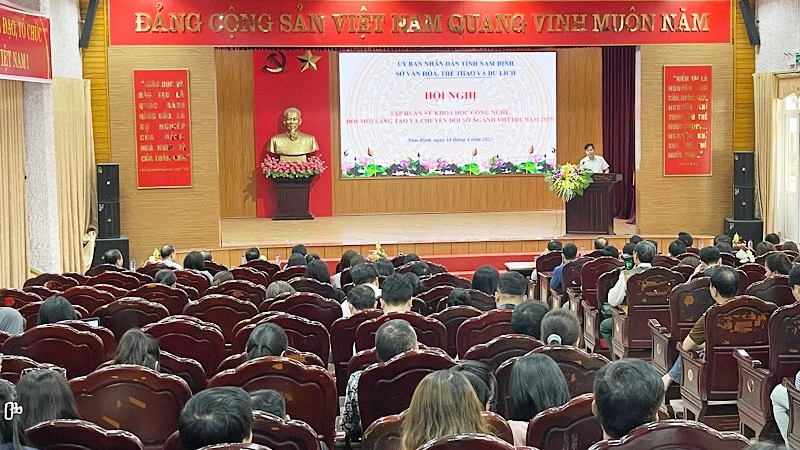

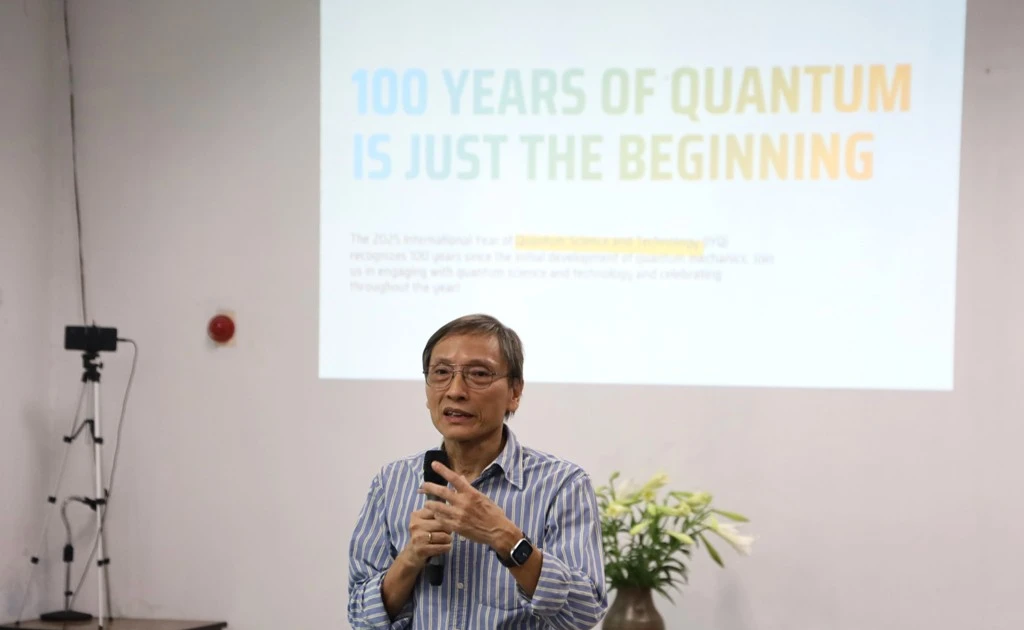

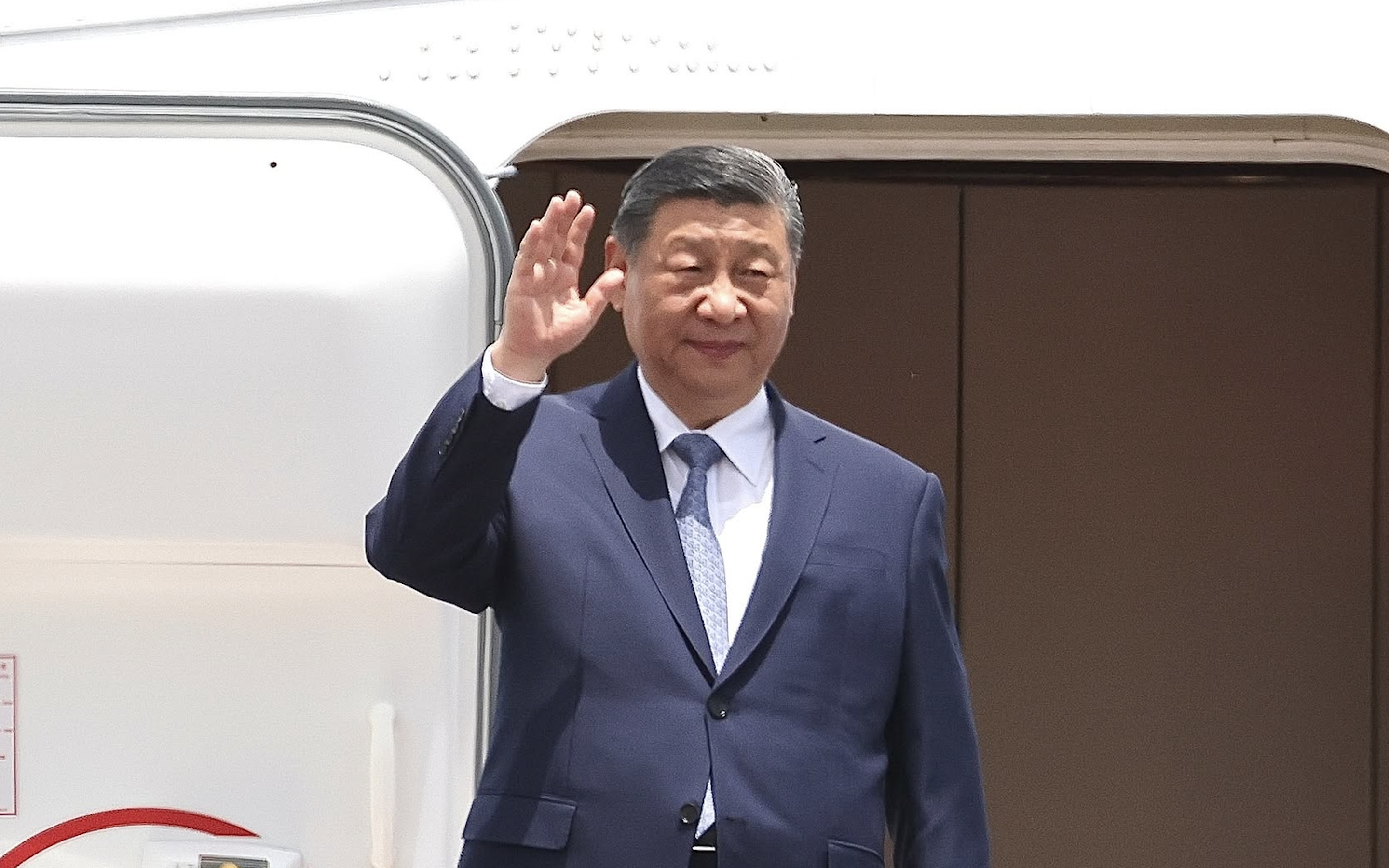





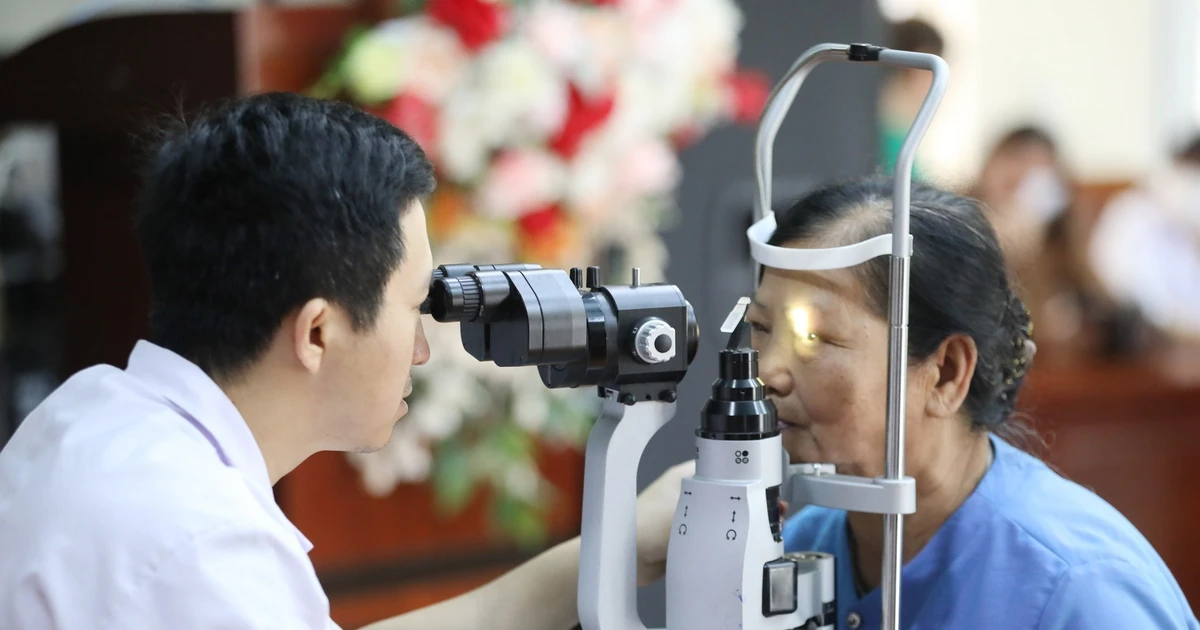









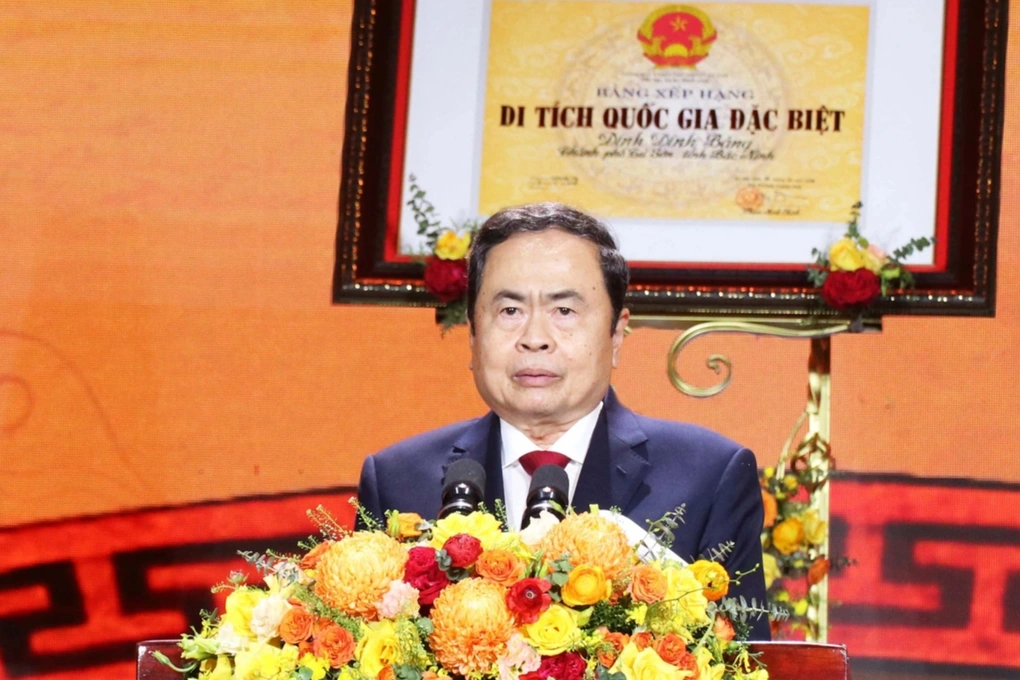












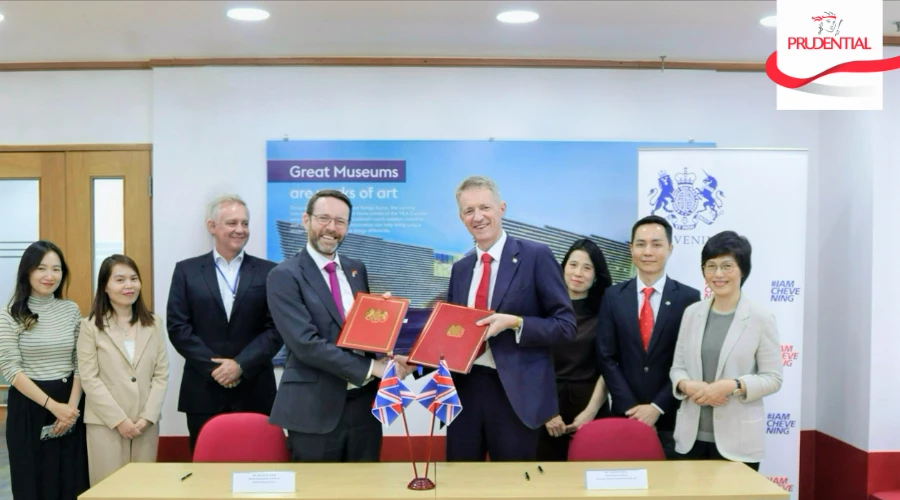













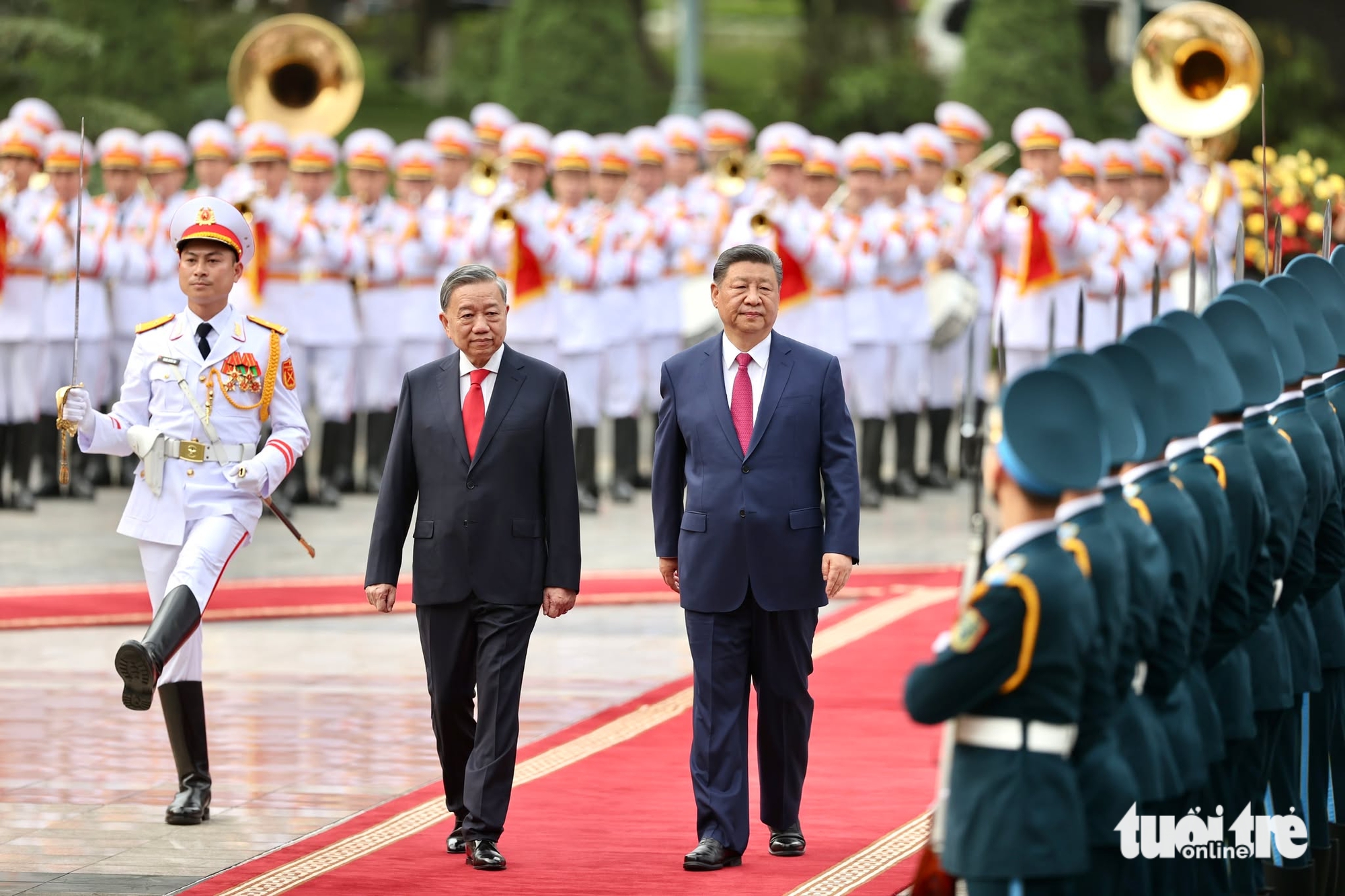
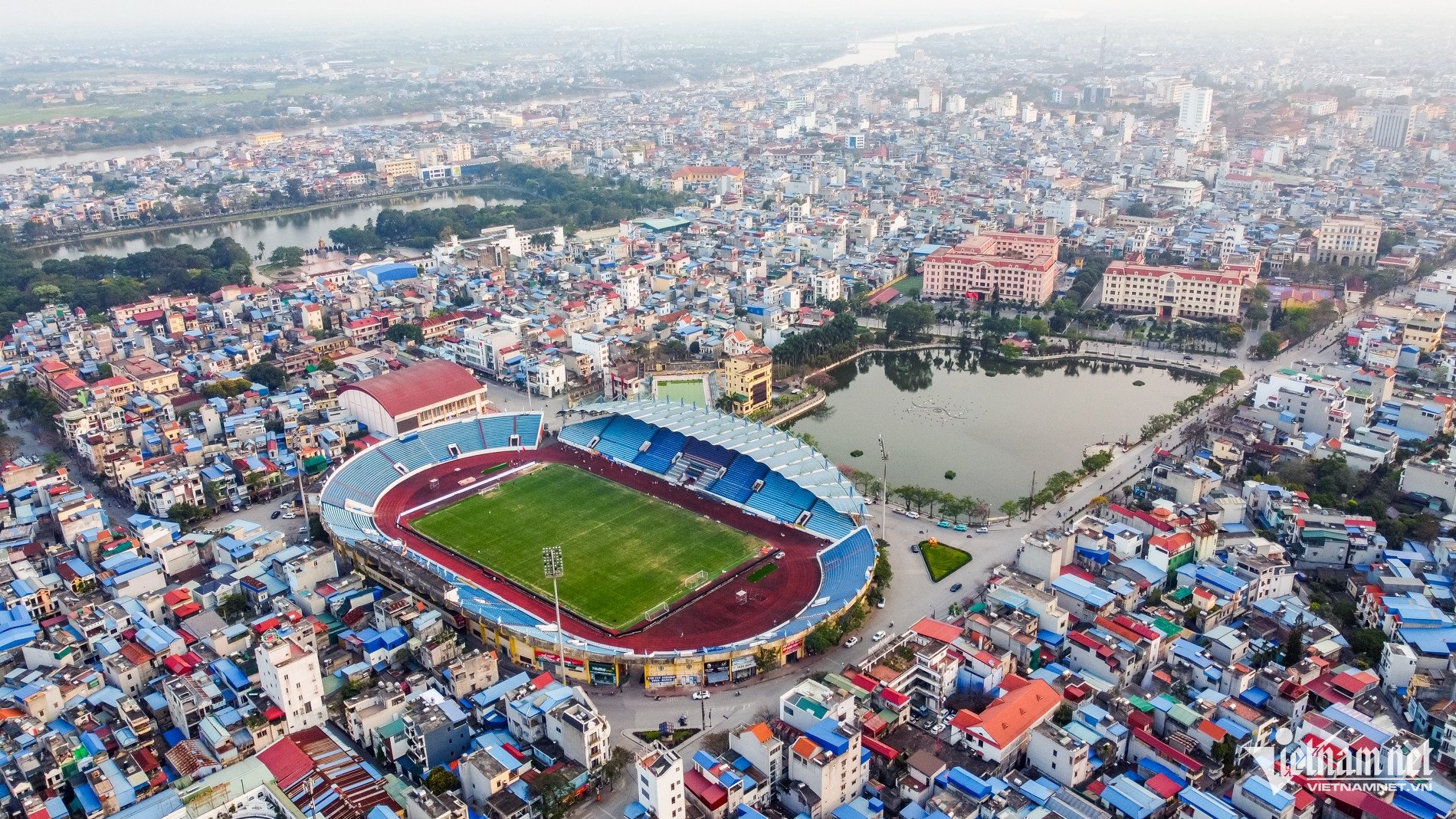





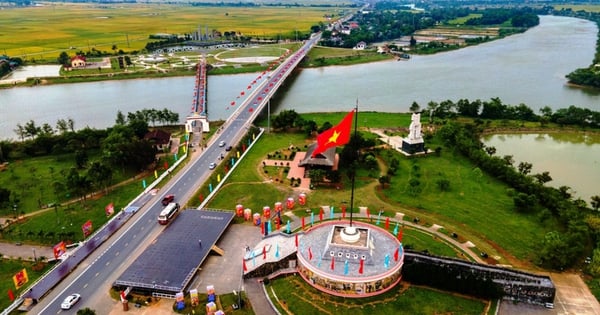

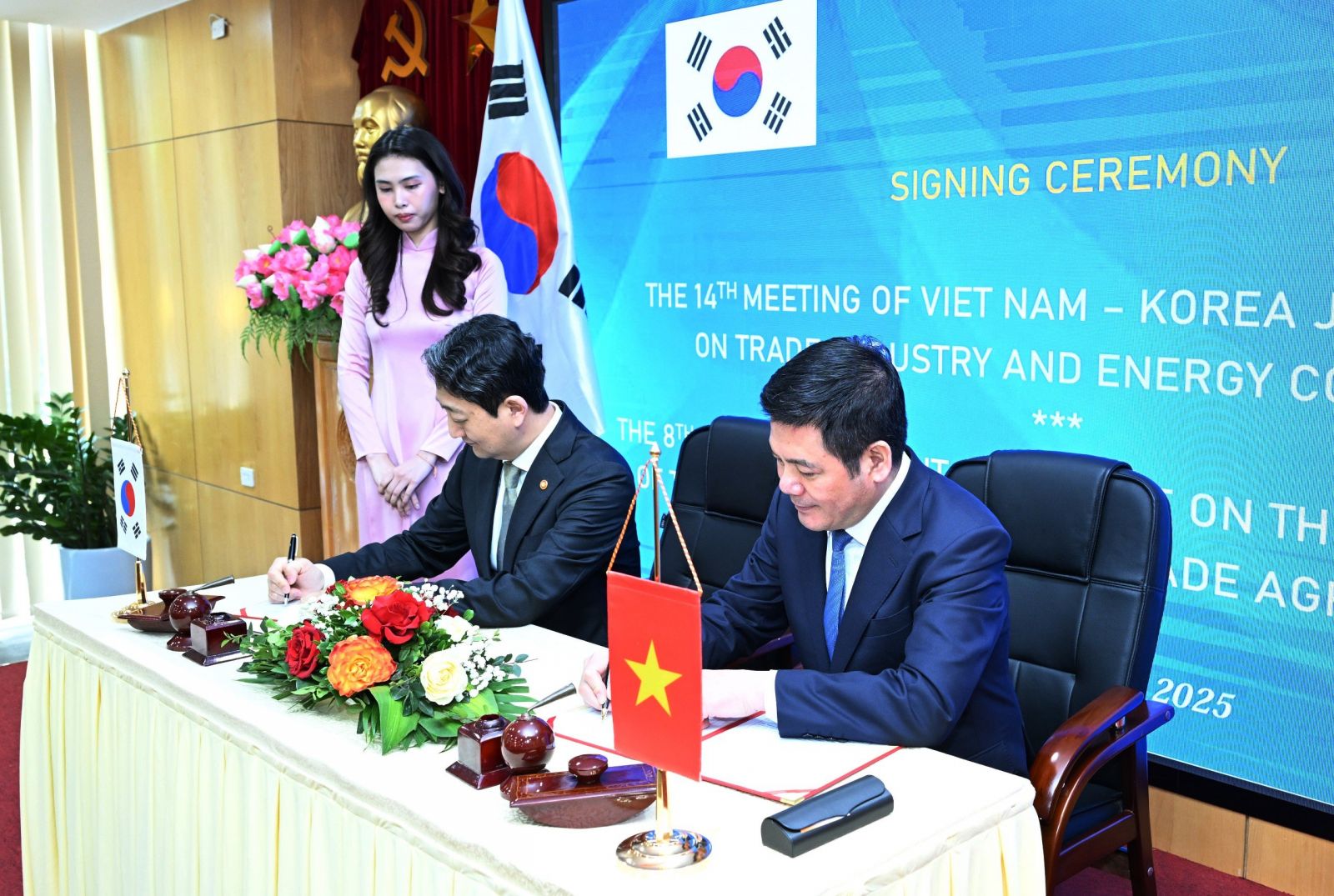


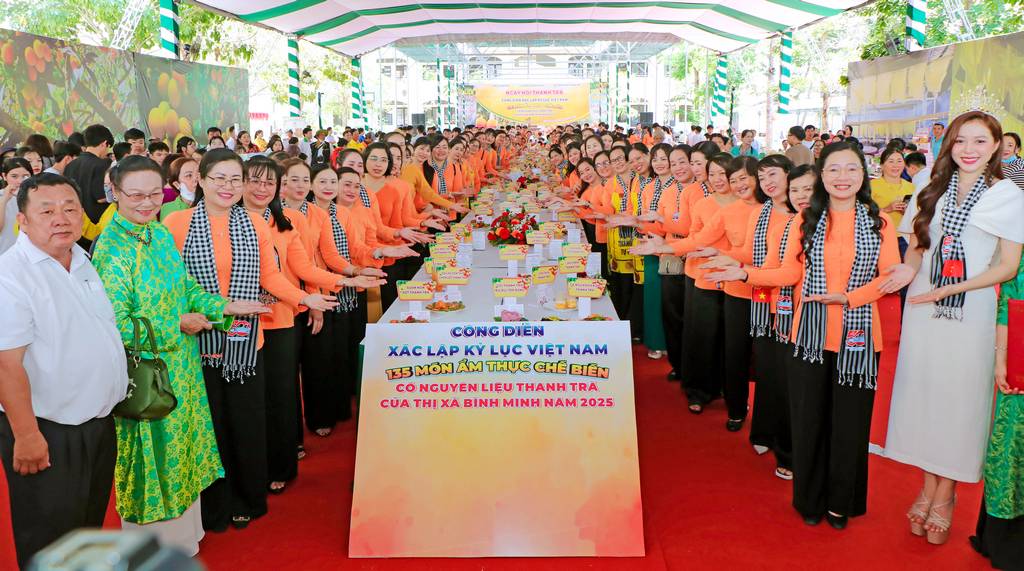

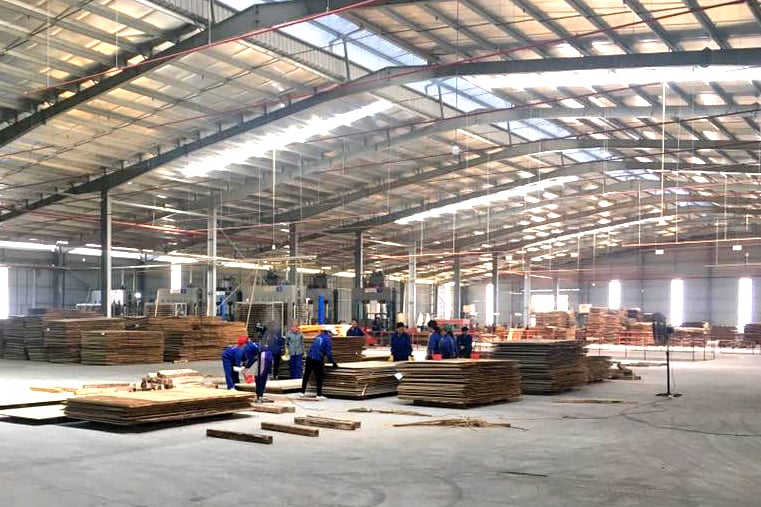
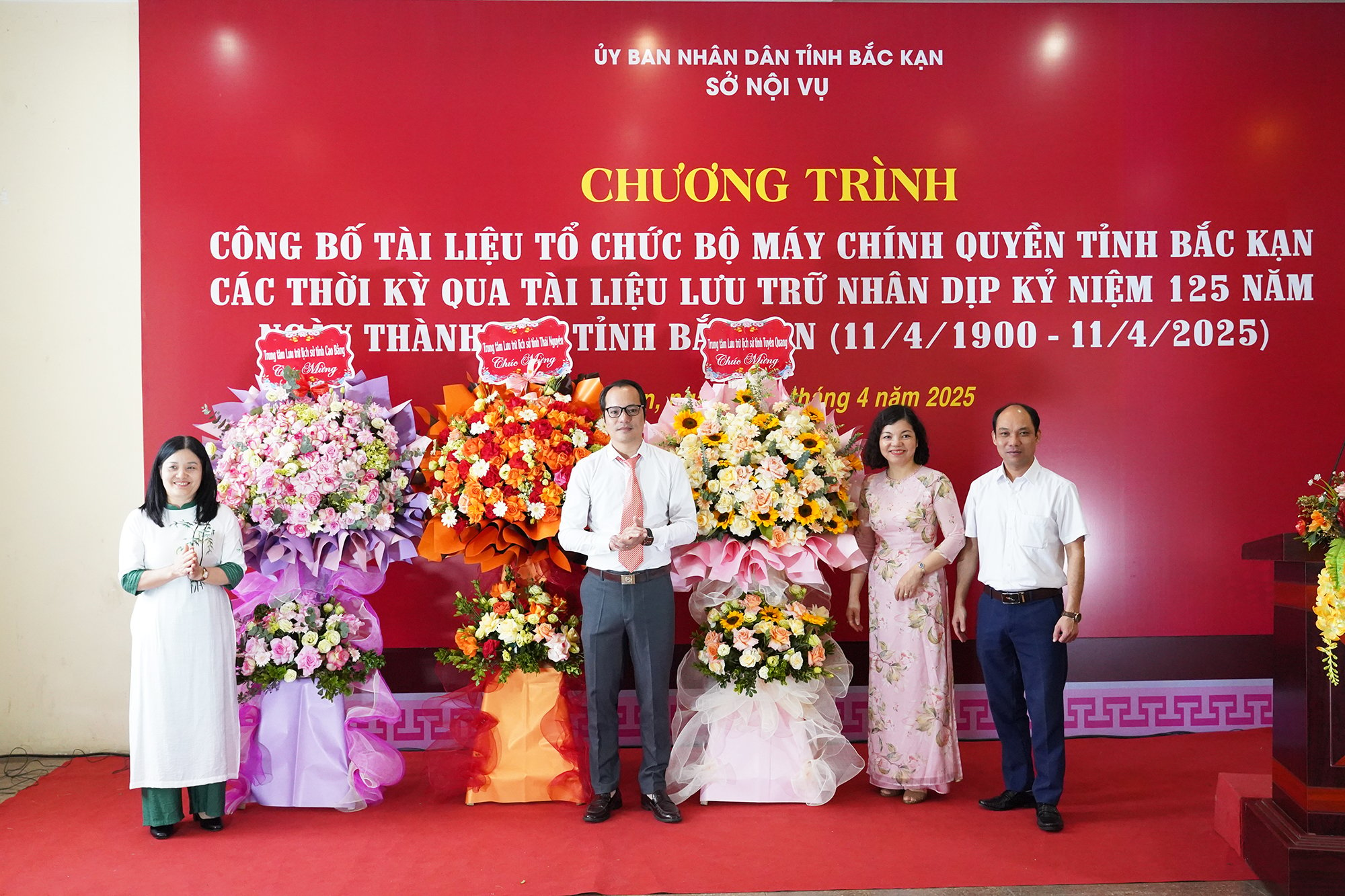











Comment (0)